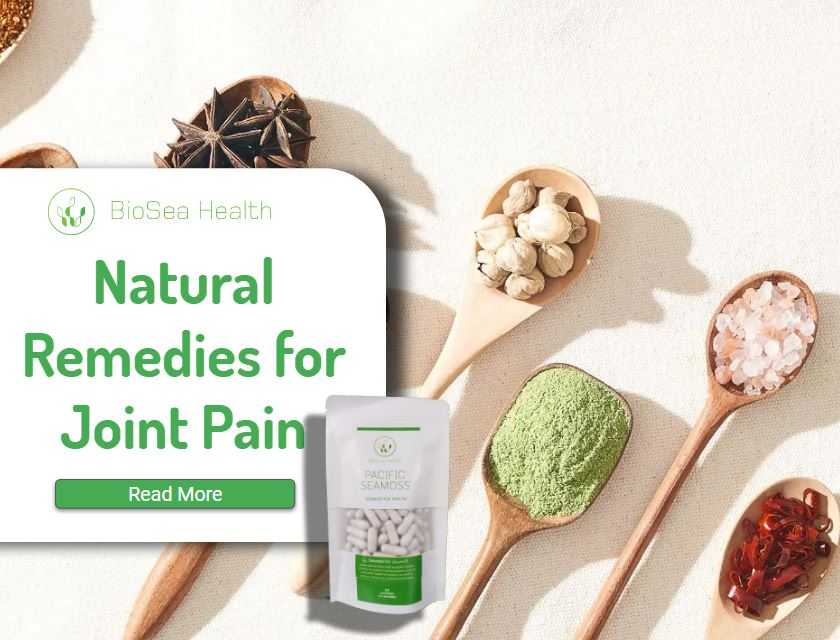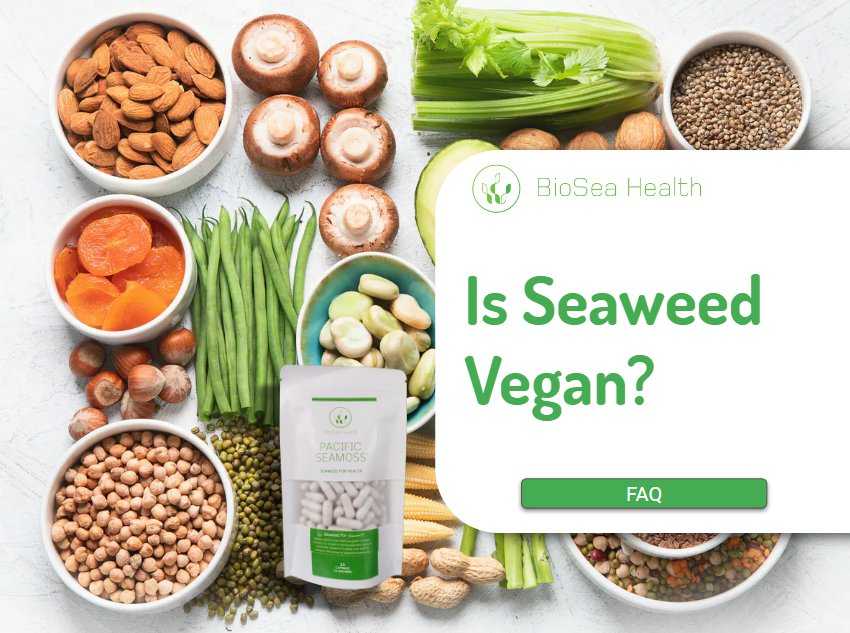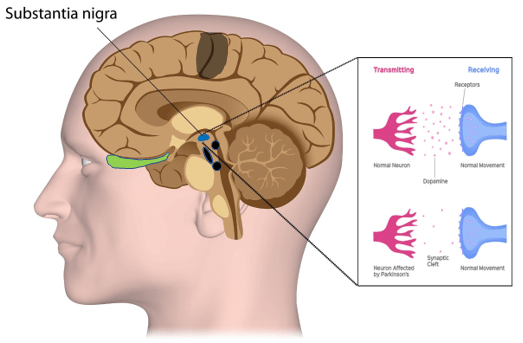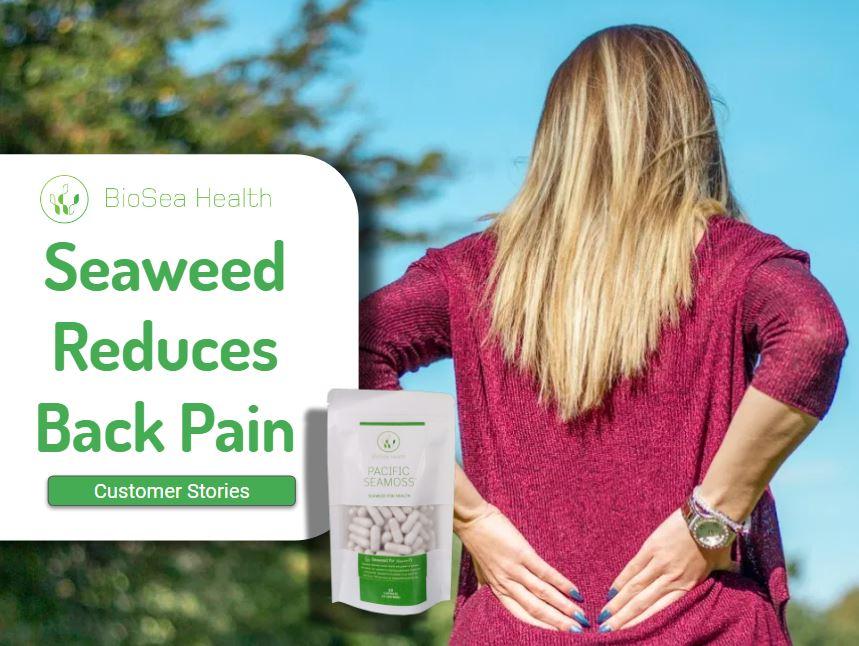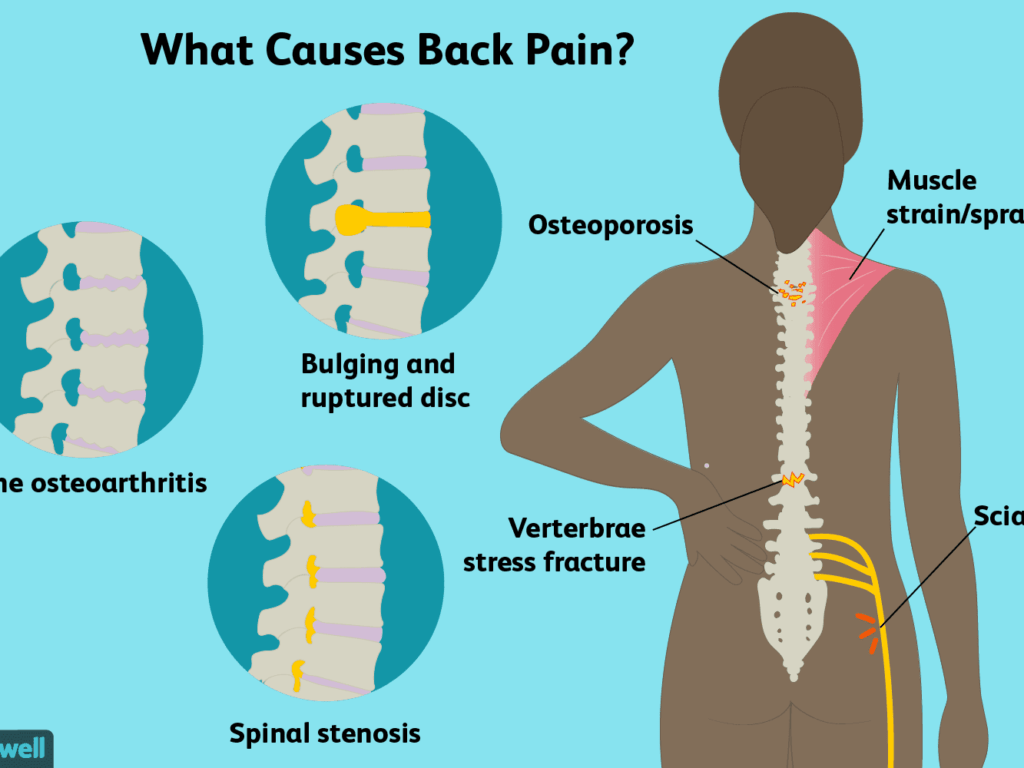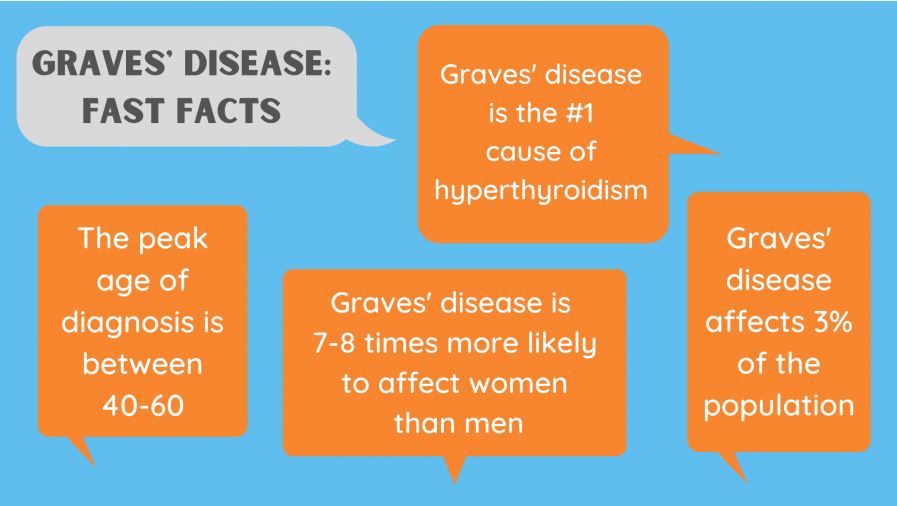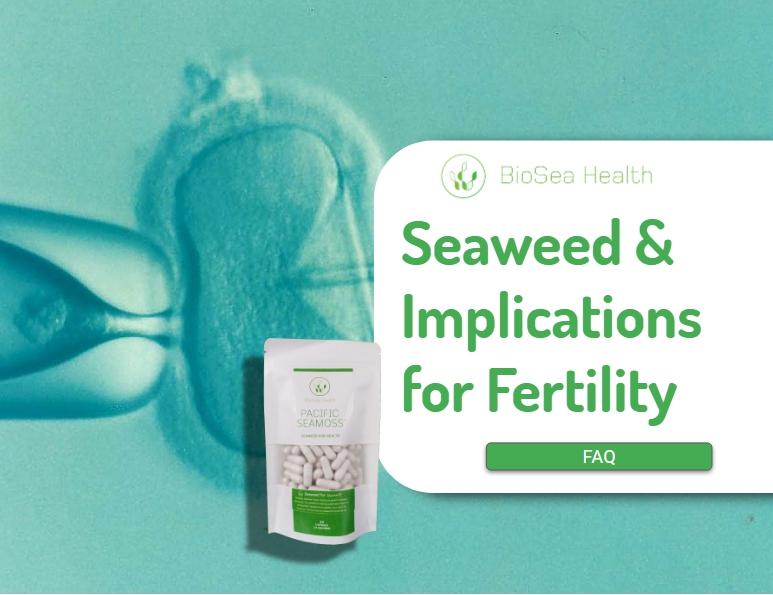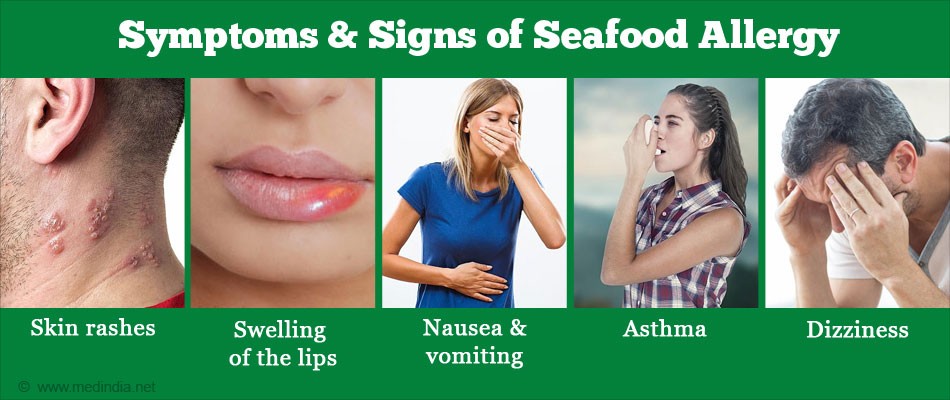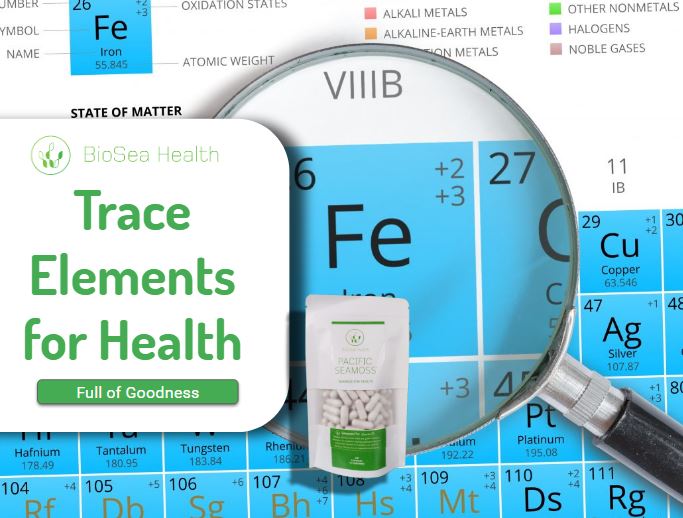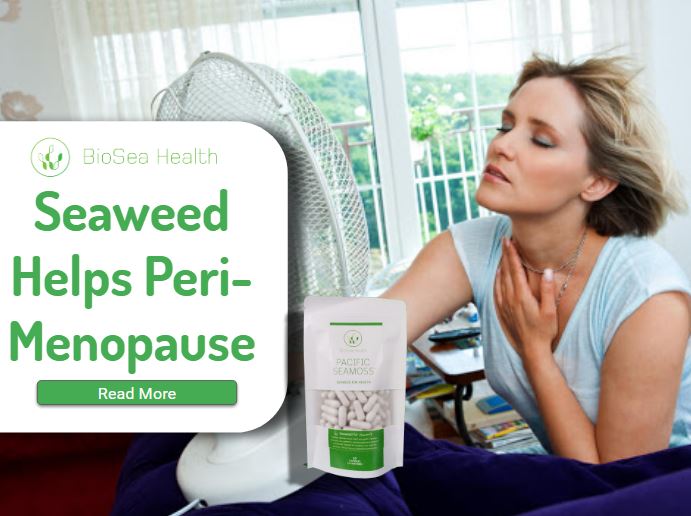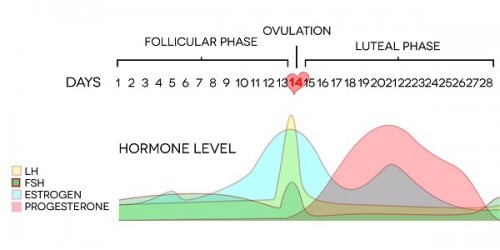Want a natural medicine for joint pain? One that is more effective than conventional analgesics or anti-inflammatories. In fact, medical practitioners advise against long term use of regular analgesics for joint pain. There are numerous remedies but the following 10 have proven trials. How much do you need? Most of these require a reasonable quantity consumed each day.
Joint pain, usually called arthritis (which means swollen joint) – in the back, hands, pelvis knees or ankles may be due to multiple causes. Some say that weight from obesity is the major cause – but more recently understanding is arthritis is primarily and inflammatory response. With over 104 different types of rheumatoid arthritis and osteoarthritis. (Read more here) it is not surprising that studies show various levels of pain relief. Not just with artificial drugs but also natural medicines.
Seaweed
Seaweed extracts such as fucoidan are effective. The fucoidan comes from brown seaweed, but red seaweed is effective and there is good evidence in animals and in humans that whole seaweed is even more effective. Should you take the whole plant or just an extract? Prof Lindsay Brown says the whole plant has various other nutrients and vitamins that have other benefits so you should eat the whole plant and forget the extracts. Customers have experienced remarkable reduction of arthritis from Pacific Seamoss.
SAM-e (S-adenosylmethionine)
SAM-e acts as an analgesic (pain reliever) and has anti-inflammatory properties. It may stimulate cartilage growth and also affects neurotransmitters, such as serotonin, which reduce pain perception. Two studies have shown that it relieves OA symptoms as effectively as non-steroidal anti-inflammatory drugs (NSAIDs) with fewer side effects and more prolonged benefit.
Indian frankincense – Boswellia serrate
The active components (Boswellic acids) have anti-inflammatory and analgesic (pain-relieving) properties. It also may help prevent cartilage loss and inhibit the autoimmune process. In a 2008 study, the extract, also known as Loxin 5, significantly improved OA pain and function within seven days. An Indian study also revealed it slowed cartilage damage after three months of use.
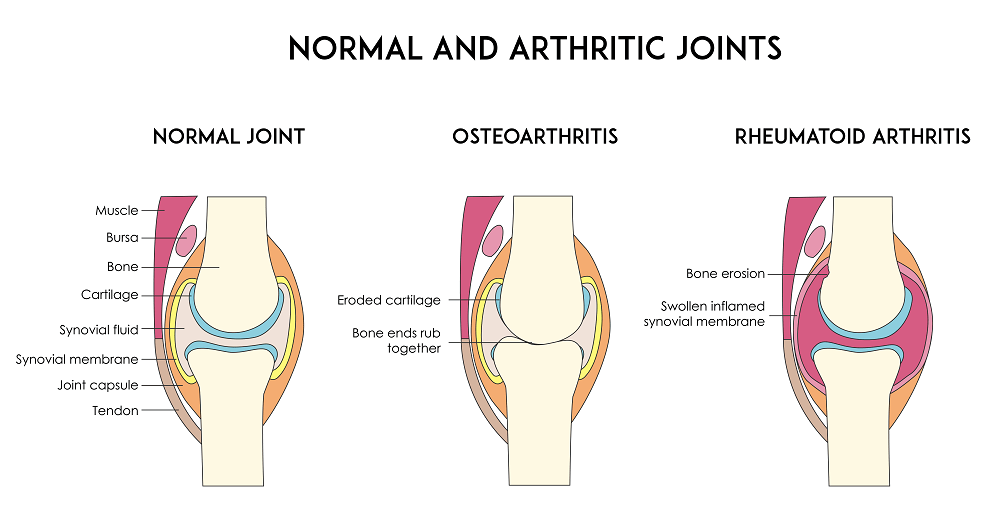
Capsaicin – Capsicum frutescens
Capsaicin temporarily reduces substance P, a pain transmitter. Its pain-relieving properties have been shown in many studies, including a 2010 study published in Phytotherapy Research, which revealed a 50 percent reduction in joint pain after three weeks of use. It is available as a topical cream, gel or patch
Tumeric/Curcumin –Curcuma longa
Curcumin is the chemical in turmeric that can reduce joint pain and swelling by blocking inflammatory cytokines and enzymes. A 2010 clinical trial using a turmeric supplement showed long-term improvement in pain and function in patients with knee OA. A small 2012 study using a curcumin product, BCM-95, showed more reduced joint pain and swelling in patients with active RA when compared to diclofenac sodium.
Avocado-soybean Unsaponifiables (ASU)
ASU blocks pro-inflammatory chemicals, prevents deterioration of synovial cells, which line joints, and may help regenerate normal connective tissue. A large three-year study published in 2013 showed that ASU significantly reduced progression of hip OA compared with placebo. A 2008 meta-analysis found that ASU improved symptoms of hip and knee OA, and reduced or eliminated NSAID use.
Cat’s Claw – Uncaria tomentosa
Cat’s claw is an anti-inflammatory that inhibits tumor necrosis factor (TNF), a target of powerful RA drugs. It also contains compounds that may benefit the immune system. A small 2002 trial showed it reduced joint pain and swelling by more than 50 percent compared with placebo. Look for a brand that is free of tetra-cyclic oxindole alkaloids.
Fish Oil (Omega-3 fatty acids EPA and DHA)
Omega-3s block inflammatory cytokines and prostaglandins, and are converted by the body into powerful anti-inflammatory chemicals called resolvins. EPA and DHA have been extensively studied for RA and dozens of other inflammatory conditions. A 2010 meta-analysis found that fish oil significantly decreased joint tenderness and stiffness in RA patients and reduced or eliminated NSAID use. Recent studies have shown it is little better than placebo.
Gamma Linolenic Acid (GLA)
GLA is an omega-6 fatty acid that the body converts into anti-inflammatory chemicals. In one trial, 56 patients with active RA showed significant improvement in joint pain, stiffness and grip strength after six months and progressive improvement in control of disease activity at one year. A smaller study found that a combination of GLA and fish oil significantly reduced the need for conventional pain relievers.
Ginger – Zingiber officinale
Ginger has been shown to have anti-inflammatory properties similar to ibuprofen and COX-2 inhibitors. In a 2012 study, a specialized ginger extract reduced inflammatory reactions in RA as effectively as steroids did. Earlier studies showed that taking a certain extract four times daily reduced osteoarthritis pain in the knee after three months of treatment, and another taken twice daily worked about as well as ibuprofen taken three times daily for hip and knee OA pain
Cannabidiol (CBD)
CBD is recent addition, and data is not yet clear. Cannabinoids are thought to influence the body’s own endocannabinoid system, which regulate biological functions such as metabolism, pain sensation and nervous system functions. Animal studies show CBD reduces pain and inflammation, and it may ease anxiety and improve sleep, but human research is needed. One study found synthetic-derived CBD was effective for knee OA pain. The FDA has approved CBD-derived drugs for rare childhood epileptic conditions.
Other Natural Products
There are many other natural medicines for relief of pain, and these include pine back extract, rosehips, and green lipped mussel extracts.
References
[1] Makkar, F & Chakraborty, K 2017, Antidiabetic and anti-inflammatory potential of sulphated polygalactans from red seaweeds Kappaphycus alvarezii and Gracilaria opuntia, International Journal of Food Properties, vol. 20, no. 6, pp. 1326-37.
[2] Kumar, S.A., Brown, L. Seaweeds as potential therapeutic interventions for the metabolic syndrome. Rev Endocr Metab Disord 14, 299–308 (2013). https://doi.org/10.1007/s11154-013-9254-8
[3] John O, Mouatt P, Prasadam I , Xiao Y, Panchal S, Brown L 2019 The edible native Australian fruit, Davidson’s plum (Davidsonia pruriens), reduces symptoms in rats with diet-induced metabolic syndrome, Journal of Functional Foods, (56) Pages 204-215, ISSN 1756-4646,
https://doi.org/10.1016/j.jff.2019.03.018.
[4] Kumar M & Sharma S (2020) Toxicological effects of marine seaweeds: a cautious insight for human consumption, Critical Reviews in Food Science and Nutrition, DOI: 10.1080/10408398.2020.1738334
[5] D’Orazio, N.; Gemello, E.; Gammone, M.A.; De Girolamo, M.; Ficoneri, C.; Riccioni, G. Fucoxantin: A Treasure from the Sea. Mar. Drugs 2012, 10, 604-616.
[6] Tirtawijaya, G., Haque, M. N., Choi, J. S., Moon, I. S., Meinita, M. D. N., Choi, J.-S., & Hong, Y.-K. (2019). Spinogenesis and Synaptogenesis Effects of the Red Seaweed Kappaphycus alvarezii and Its Isolated Cholesterol on Hippocampal Neuron Cultures. Preventive Nutrition and Food Science, 24(4), 418. (PubMed)
[7] Wanyonyi, S., Du Preez, R., Brown, L., Paul, N. A., & Panchal, S. K. (2017). Kappaphycus alvarezii as a food supplement prevents diet-induced metabolic syndrome in rats. Nutrients, 9(11), 1261.(Pubmed)
[8] du Preez, R.; Paul, N.; Mouatt, P.; Majzoub, M.E.; Thomas, T.; Panchal, S.K.; Brown, L. Carrageenans from the Red Seaweed Sarconema filiforme Attenuate Symptoms of Diet-Induced Metabolic Syndrome in Rats. Mar. Drugs 2020, 18, 97.
[9] Zakaria, A, Jais, MR & Ishak, R 2018, Analgesic properties of Nigella sativa and Eucheuma cottonii extracts Journal of natural science, biology, and medicine, vol. 9, no. 1, p. 23.
[10] Myers SP, O’Connor J, Fitton JH, et al. A combined phase I and II open label study on the effects of a seaweed extract nutrient complex on osteoarthritis. Biologics. 2010;4:33-44. Published 2010 Mar 24. doi:10.2147/btt.s8354
[11] Sekar, S., Shafie, S., Prasadam, I. et al. Saturated fatty acids induce development of both metabolic syndrome and osteoarthritis in rats. Sci Rep 7, 46457 (2017). https://doi.org/10.1038/srep46457
[12] 10 Supplements for Arthritis Arthritis Foundation

